Depictions of Animals in cave paintings of Anmalai East
Animal motifs in Cave Paintings of
Great Migration Corridor of Western Ghats-
Archeo-zoological approach.
The cave paintings of Great Migration Corridor give us vivid pictures about man and animal relation during period of culture existed in the region. Simultaneously we can draw a clear conclusion about the period of cave paintings in the area. It works on both way and benefited for a clear study about man and environment analysis of the culture. There are 22 cave paintings discovered so far. Innumerable number of megaliths and other archaeological monuments seen in the area near to the paintings is more important and interesting.
Presently 90% of the area is under forest cover. A close analysis of the landscape ravels that majority of the area was under shifting cultivation, except few section with permanent agriculture practiced. Only 10% of the area is of primary forest, rests of all are secondary degraded forest. We can see many domestic species of trees and plants in the region such as, drumstick, tamarind, mangoes, franchapani etc. Another interesting fact is the age of the secondary forest is that they are not recent formations.
Animal Depicted in the cave paintings of GMC
Following are the animals identified from the motifs of paintings.
I. Nilgiri Tahr – (Hermitagus hylocrius) The Nilgiri tahr is a highly endangered species of mountain goat. It is an endemic to western Ghats- which means we cannot see them anywhere else in the world other than Western Ghats. Less than 3000 in the wild , this mountain goat is a close cousin of Himalayan Tahr. As per natural history the ancestor of the Tahr was in the plains during the ice age. After the climate change this temperate climate animal migrates to the high mountains of Western Ghats and Himalayas to keep its habitat cooler. Now the Anamalais and Palani hills constitute more than 70% of the population of Nilgiri Tahr. It is a fact that the Tahr was a game hunt, both for meat and horns. They are living in cliffs and Rocky Mountains. Before the invention of gun people used traps and ‘chasing to end’ technique to hunt this animal. Large scale hunting of the tar took place during colonial period also, which lead this species into the brink of extinction.
Nigiri Tahr is depicted in following cave paintings
a) Attala – the name itself pointed to this animal, probably they may used this cave. Later people took over it. Even today the high areas and Rocky Mountains of this region is a noted habitat of Nilgiri tahr. It is in Eravikulam National Park, specially constituted to conserve the Nilgiri tahr. Few bone pieces, suspected to be of Tahr are found along with other food refusal from the cave floor. The paintings are in Kavolin white. There are no hunting scenes of the animal.
b) Ezhuthala or Pathipara – The paintings of Tahr in this widely known cave painting is faded. It is in walking position and looked like a male.
c) Alampatty Odavaickal- This cave is in lower elevation than the other two. A male tahr is clearly depicted with a bamboo basket like thing behind, probably used for trapping the tahr. The pigment is white.
d) Ezhuthalamadi- Only one goat is depicted in this painting. It is in white and looked from a later period painting.
Conclusion: The depictions of Nilgiri Tahr are found only in 4 out of 22 paintings in GMC. These paintings are in high altitude. At present the animal is found a bit far from these paintings. Though this is a game hunt, no x-ray painting or hunting scenes are found. So all the depictions are purely naturalistic.
II. Sambar Deer – Cervus unicolor. Sambar is the most common deer found in Indian subcontinent. It is the biggest deer in India. It is a game hunt and harms the crops. Sambar deer was hunted from time immemorial for its flesh and antelope. The deer was depicted in many cave paintings discovered in Indian subcontinent.
a) Ezhuthala – Sambar doves are depicted in this cave. No antelope is found in this painting. This deer is painted vertically and horizontally in different motifs. The pigment is red.
b) Alampatty-Madathala- A huge canvas is used for painting the sambar in this cave. Two big doves are depicted with accurate proportion. It is a naturalistic depiction. One dove standing in front of the second in leaning position like in delivery. The stomach highlighted like in x-ray painting. The placenta pouch is hanging down.
c) Vaimala-2 – A sambar with a calf is depicted in a big canvas on the roof panel of Vaimala-2 cave. The motif is faded and very difficult to identify. Only the head, portion of the body and legs etc of the mother and ¾ of the calf are seen.
d) Ezhuthalamadi- Pictures of sambar deer is also found in Ezhuthalamadi in Kaolin.
Conclusion: Depictions of sambar is found in 4 paintings. Majority of them are in red pigment. Hunting scenes are absent; where as one x-ray painting can be seen. No antelopes are depicted. All of the motifs are either doves or doves with calves. So the paintings are purely naturalistic.
 III Elephants:- Elephas maximus Though there is good number of wild elephants in the forest area of GMC, depictions of wild elephants are absent in paintings. Those found are tamed with people on back.
III Elephants:- Elephas maximus Though there is good number of wild elephants in the forest area of GMC, depictions of wild elephants are absent in paintings. Those found are tamed with people on back. a) Attala- There is 3 motifs of elephant are found in Atala. All with riders on its back. One carrying a weapon.
b) Kodanthoor Kudi- There is a petroglyph of a bull elephant is engraved on a rock in front of Kodanthoor settlement.
c) Ezhuthalamadi- A male elephant is drawn on the lower panel. It looks recent and in white.
Conclusion: Though the entire paintings GMC are inside forest and wildlife zone, and elephant reserve, depictions of wild elephants are absent in the paintings. Since many lesser and higher fauna of the region are depicted and the wild elephant is omitted is an interesting fact and food for thought. It is believed that wild elephnats were started to come to this valley less than a century before. There is an interesting story among the tribes about the arrival of a wild elephant to the valley. At the same time they have a story that few places of this area were used for trapping wild elephants log long time ago and the area was called ‘Anaikoppam’. So between the time of story of the trapping of elephant and arrival of elephant has to study.
IV. Cattle – Both domestic and wild cattle are come under the genus Bos placed in the sub family bovine. All modern breeds are beloved to be evolved from two wild species namely Bos taurus (hump less European breed) and Bos indicus (zebu breeds with hump) It is believed that the earliest domestication of cattle was occurred in Eastern Sahara, about 7000 BC. The Taurus species domestication was in the Fertile Crescent and the humped cattle was in India.
A local species of the hump backed bull evolved in Kongunad- the northern plains of the GMG called Kangayambull smaller type (http://www.embryoplus.com/cattle_kangayam.html) . This is also called Mysore type of bull which is smaller than the Bos indicus. It is believed that this species is evolved from a cross breeding with Blue buck or Nilgai. As per the legend of the Kongunad , a group of people from the north called Kongans migrated from the north with their cattle . Their main job was cattle rearing . They settled in the plains and developed a culture in the area , which is later known as Kongunad. Their cattle breed is called Kongu cattle. The depictions of the GMG bears the pictures of Kongu cattle . The size and combat body and the smaller horns ravels this fact.
IV. Horse: Wild horses or asses are not mentioned in the natural history of Western Ghats. Domestic horses should be introduced to south India either from the north or through Roman connection or both. There are motifs with horse pictures are found in Attala, Ezhuthala, and Kulukkala. Though the drawings are not in perfect anatomy the pictures reveals the presents of houses in the region during the period of the drawings. Either they may own it or they may see with people who invaded or migrated into their land. People on the back of houses carrying weapon, horses or mules walking around etc are the nature of the depictions. Horses may be used by the people migrated later into the valley, but the mules may be a later introduction for carrying goods. Even now a tribe called ‘Chacliyas’ keeping mules for carrying goods like jaggery, rice etc from fields to different villages up in the mountains.
VI. Indian Hare – Lepus Nigricollis
Hares are very common throughout the continent. There is only one depiction of this animal which is found in a motif in Attala, painted in Kaolin. An eagle trying to take away Hare from the ground is the scene depicted. It is a common seen in the verdant hills the ears of the hare is well highlighted.
VII Mongoose- Ruddy – Herpestes smithii
The picture of a mongoose is depicted in Alamatty Odavaikal painting. The depiction is in kaolin. The shape of the body and long upward tilted tail shows clearly that the picture is of Ruddy mongoose. 3 species of mongoose are found in the region, via, Small Indian grey mongoose, Ruddy mongoose, stripe necked mongoose and Brown mongoose, of which Ruddy and stripe necked has long upward tail. In the picture the body of the mongoose is slim and elongated, which means the depiction is of Ruddy mongoose.
VIII Indian Pangolin
A pangolin like animal is depicted in Vedanala. It is a line drawing and no details of scales drawn.
Birds
IX. Peahen or stork- The presence of birds in all these motifs is noteworthy. Other than peacock and eagle no other birds are depicted in the paintings. Though are numerous number of land birds in the regions. Probably because no others birds are big enough to catch the attention of the artists. In Attala, there is a depiction of a big bird look like a peahen, but the body is more resembling to stork. Storks are winter visitors in the lower regions of the Gap, but the painting is in the higher and the northern most ends.
X. Black eagle:
Reptiles
XI. Monitor Lizard- Monitor lizard is a very common reptile in this area. It is an easy hunt and tribes hunting them with many techniques. The picture of monitor lizard is depicted in Attala. The depiction of the lizard is deferent from gecko; the body of the Monitor is elongated. The limbs are also bigger.
Rock gecko: Rock Gecko is the biggest gecko in Peninsular India. The rock shelters and caverns are its ideal habitat. The body is fatty and limbs are thick. Tails is also shorter. It is depicted in Attala.
XII. Snake: A snake is drawn in kaolin in Athiyodakoottuvai cave. Since the head and body are thicker in the depiction it could be the picture of a rock python which is abandoned in the area. The Pampu pulaya or Malasa tribe of the area hunting them for meat.
XII. Mud Terrapin : is engraved on a flint granule discovered from Chinnar plateau
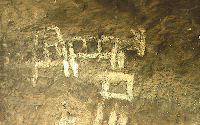
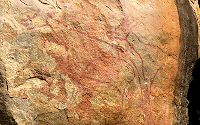



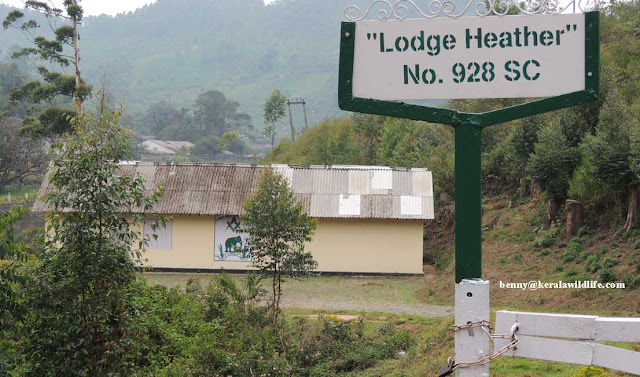
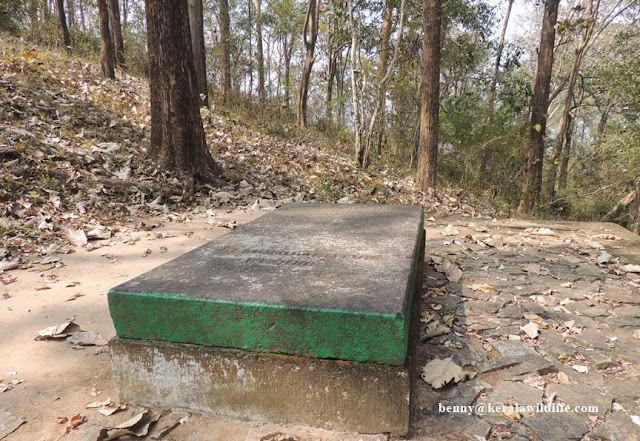
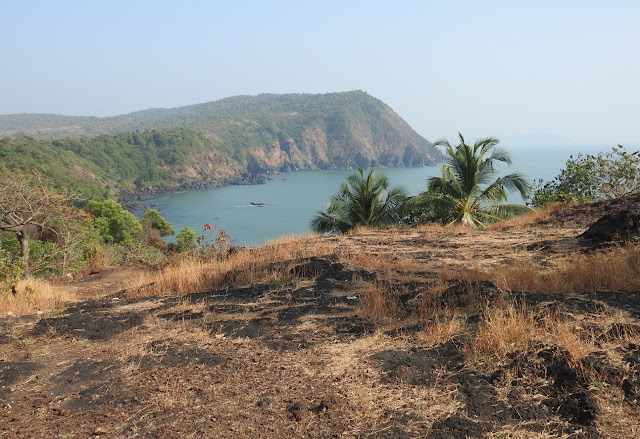
Mr. Kurian
ReplyDeleteWould you please explain the Great Migration Corridor in terms of a map.
ReplyDeletesell your k i d n e y for money, we are looking for k i d n e y d0n0rs with the sum of $500,000.00 USD,apply now via email: (sk500968@gmail.com)
WhatsApp +91 7795833215
the original source dildos,wholesale dildo,real dolls,vibrators,dildo,dildos,dildos,cheap dildo,horse dildo Extra resources
ReplyDelete